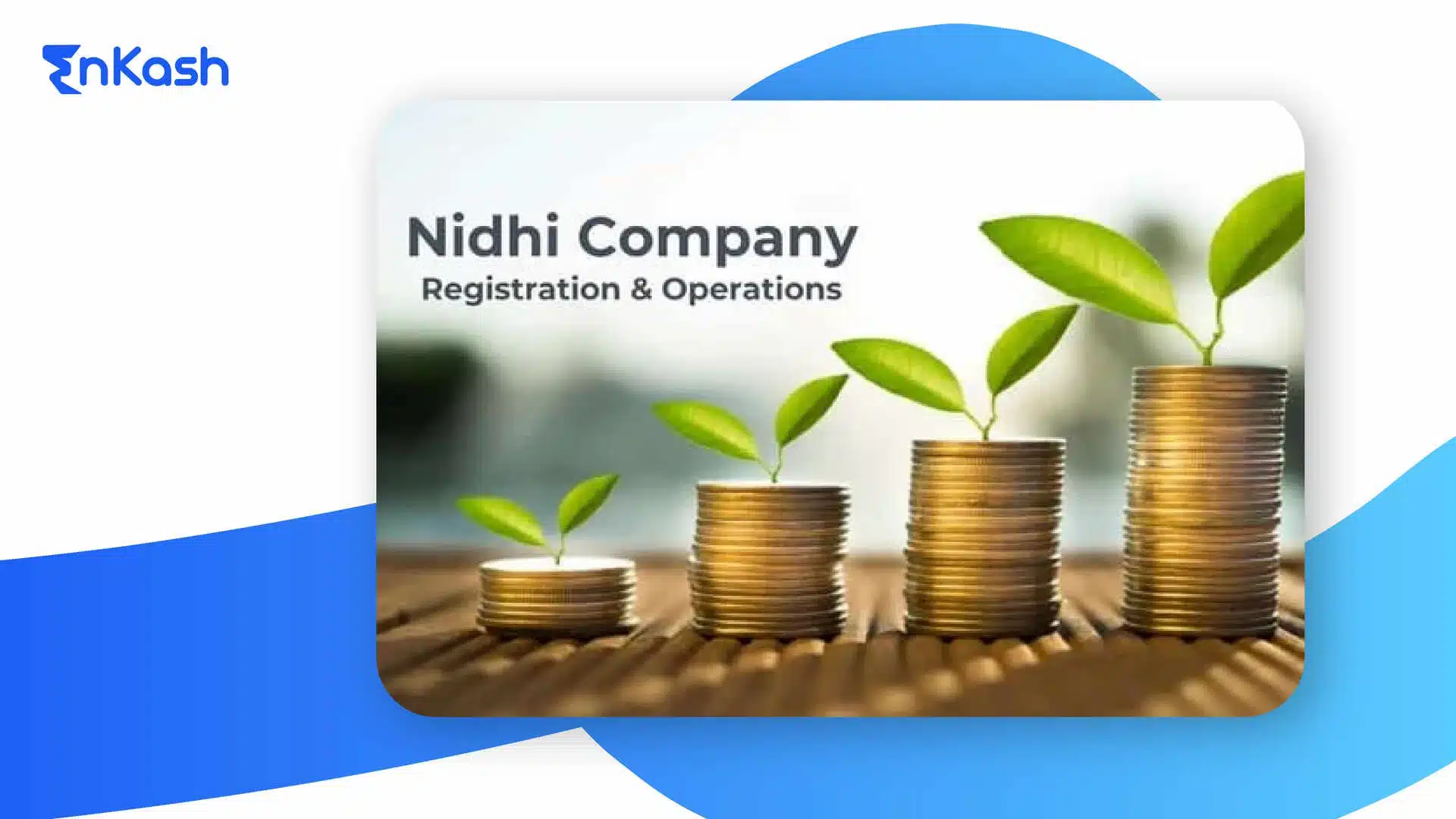The Order to Cash (O2C) process is a critical part of businesses as it captures all steps from order placement to cash payment. The O2C cycle impacts significant business processes like financial and operational efficiency and customer experience.
In this blog, we will take a closer look at what the O2C cycle is, and explain its importance and common challenges. With the help of examples, we will understand how companies can improve their order-to-cash process, especially billing and invoicing. Knowing how the O2C cycle works will help businesses operate better, increase revenue and improve customer satisfaction.
What is the Order to Cash Process?
The Order to Cash (O2C) process is the end-to-end journey a company takes from the moment it receives an order until when it receives the relevant payment into accounts receivable. It is one of the most important business processes in the finance operation as it influences cash flow, inventory, customer satisfaction and profit.
All businesses have an O2C cycle defined, but the efficacy of each company’s cycle determines how soon it can transform sales into cash. In today’s business environment, continually refining the process allows a business to operate with healthy cash flow while meeting the needs of its customers.
What is the Order to Cash (O2C) Cycle?
The O2C cycle is a critical procedure that comprises order management, credit management, order fulfilment, shipping, invoicing, accounts receivable and payment collection. It helps determine how effectively a company manages its sales orders and payments.
Inventory management is also related to the O2C process. The way in which orders are processed and delivered to customers directly impacts inventory levels and customer satisfaction. So the process needs to be optimized for a smooth operational flow.
Why is the O2C Cycle Important for Businesses?
The O2C cycle is essential as it can help businesses shorten the time taken between making a sale and receiving payment. It helps internal teams access information in a timely manner, facilitates better collaboration practices and reduces human errors. This in turn can help increase customer satisfaction, a factor that can help the company grow financially in the long run.
Steps in the Order to Cash (O2C) Cycle
The O2C cycle consists of several steps that contribute to the efficacy of the process. Skipping any of these steps can lead to delays, losses or disgruntled customers. Let’s look at the steps that make up the order-to-cash process.
1. Order Management
Order management is the process by which an order has been captured and entered into the system. An order management system (OMS) is a system that makes sure that a customer order is captured and validated and entered into the fulfillment system.
Businesses and customers must be able to transparently track orders from placement to fulfilment. Most companies employ ERP (Enterprise Resource Planning) solutions and advanced software systems to track the dispatch process and eliminate errors from end to end.
2. Credit Management
For businesses that sell on credit, the second stage of the O2C cycle comprises credit management. This is where the company evaluates the risks of granting credit to a customer. It involves checks on financial history, payment history, customer references and so on.
Good credit management will reduce the amount of bad debt a business takes on, while still retaining the customer. Credit scoring systems can help ensure credit is only extended to customers meeting predetermined requirements.
3. Order Fulfillment
Order fulfilment consists of picking, packing and shipping the product from the seller to the customer. Effective inventory management practices ensure physical products are delivered to the customer timely and in good condition.
Businesses that work in the digital goods and services sector ensure order fulfilment by delivering access to the purchased goods or services.
4. Shipping
The fourth stage of the O2C cycle is shipping. It is the transfer of goods from the warehouse to the final customer. The complexity of the shipping process depends on the product and logistics. Shipping requires clear communication between shipping, the fulfillment team, and the customer.
Businesses can use automated tracking systems to ensure timely and correct delivery of goods to avoid shipment delays and errors. These measures also help provide customers with a satisfactory service.
5. Customer Invoicing
Generating customer invoices is an important step in the order-to-cash process because a clear invoice sets the stage for collecting payment. It itemizes the products or services ordered, their cost, and any applicable taxes or discounts.
Errors or late invoicing may cause disputes, late payments or lost revenue. Businesses can use automated invoicing systems to deal with these challenges.
Read more: Invoice processing software
6. Accounts Receivable
When the invoice is issued, the company is owed the payment within the specified terms. The accounts receivable team plays a crucial role here as the payments they collect have an impact on cash flow.
An automated accounting receivable process can notify teams of unpaid invoices, send reminders, and process payments whenever they come in. The faster payments can be processed after the goods shipment, the better.
7. Payment Collection
In this stag, the business receives the payment of the order. The payment can be through online transfer, credit card, bank transfer or cheque. The invoice should clearly include payment terms to avoid delays.
Payments must be made against the correct order numbers for the transaction to be marked closed. Businesses typically send emails and messages to encourage customers to pay on time.
Read more: Corporate payment collection
8. Reporting and Data Management
Lastly, the data generated throughout the O2C cycle needs to be reported and analyzed. Essentially, businesses will study the data in order to pinpoint any bottlenecks, inefficiencies or potential issues, such as the time it takes to place an order, payment delays or other customer satisfaction metrics.
If implemented effectively, the ERP system offers real-time data on each stage of the order-to-cash process, thus allowing a company to make decisions and optimize its performance.
Example of the Order to Cash Process in Action
Let’s use an example to understand the workings of an O2C cycle in real life.
Example:
Let’s take the example of XYZ Electronics, an e-commerce company. The company gets an order from a customer for a high-end laptop through its website. The order management system (OMS) captures the online order automatically checks the inventory levels and confirms that the item is available for sale.
The order is placed by a repeat customer purchasing on credit. The credit management team verifies the payment history of the customer and accordingly approves the credit.
Once the credit check is complete, the order-fulfilment team picks up the laptop from the warehouse and prepares it for shipping. The company uses advanced logistics software to assign shipping to a reliable carrier and the product is shipped. The customer receives tracking information through automated notifications.
The system automatically creates an invoice and sends it to the customer. It includes details like laptop information, cost, taxes and discounts, if any. The payment conditions (e.g net 30 days) are clearly stated at the bottom of the invoice.
The company’s accounts receivable system records the due date of payment and, if the invoice remains unpaid, it automatically sends the customer a reminder. At last, the customer makes the payment through bank transfer against the online laptop order number.
XYZ Electronics’ reporting and data management system can then review the whole process, noting that orders at holiday time are likely to take longer to ship. The company will use the insight to plan better for other periods of high volume.
What is OTC Billing Process?
The OTC billing process is an important step of the O2C cycle as it relates directly to the invoicing of the products or services. It consists of all activities from invoice creation to payment reconciliation.
Key Components of the OTC Billing Process:
- Invoice Generation: All the details about an order made – such as costs, tax, shipping charges and discount (if any) should be reflected accurately on the invoice. Automated systems can ensure such accuracy while generating invoices quickly after an order has been made.
- Payment Terms: This indicates the terms under which the payment is expected, such as immediate, net 30, 60, or 90 days, depending on the company’s credit policy.
- Dispute Management: Billing processes and automated systems can spot invoice errors like double charges or missing details and deal with them before they cause even bigger delays.
- Payment Processing: Companies can ensure timely payments by offering to collect payments through credit transfer services credit and debit cards. They can also use software solutions that let them collect and maintain data about multiple forms of payment.
- Payment Reconciliation: Upon receipt of payment, the payment is matched to the correct invoice and the accounts receivable records are updated.
Read more: Cashflow analytics
Challenges in the Order to Cash Process
The order-to-cash process comes with its own set of challenges, specifically with high transaction volumes. Let’s explore some of the common O2C challenges below:
- Order Accuracy: Order entry mistakes can result in late deliveries, returns, and dissatisfied customers. While automated systems can help to avoid some mistakes, they must be monitored regularly for effectiveness.
- Delayed Payments: Late payments can affect a company’s cash flow and disrupt daily operations. Credit checks and automated payment reminders can help mitigate these risks.
- Inventory Management: Poor inventory management can result in stockouts or overstock situations that disrupt the O2C process and cause customer dissatisfaction.
- Data Management: Companies will need an efficient ERP system to store, process and analyze data from the O2C cycle. Without an ERP system, companies may get overwhelmed and may fail to identify improvement areas.
- Credit Risk: It is a risk to provide credit to customers. If not managed properly, this will lead to bad debts. To reduce such risks, credit management tools and policies need to be in place.
Best Practices for Optimizing the O2C Cycle
An optimized order-to-cash process can help businesses improve cash flow, reduce errors and improve customer satisfaction. Here are some best practices of the O2C cycle.
1. Use Integrated Systems
All the departments taking part in the O2C process, from sales, finance to fulfillment and customer service, can be linked with an integrated enterprise resource planning (ERP) system. This way, everyone is working with the same real-time data, eliminating bottlenecks, and miscommunication and increasing transparency across the supply-chain and beyond.
2. Use Automation
Automation can enhance O2C by limiting manual work such as order entry, invoicing and receipt of payment. Automation can speed up the O2C cycle by issuing invoices, tracking payments and sending reminders. It can reduce human errors and let the employees focus on more meaningful work.
3. Strict Credit Policies
Strict credit terms will reduce the chances of delays or payment failures. Companies should use scoring systems to make sure that credit is only offered to customers who can make timely payments. Early payment incentives and delayed payment fines are also recommended. Credit policies must also be reviewed and updated regularly.
4. Monitor KPIs
Paying attention to KPIs such as order fulfillment shipping time, and payment cycles can help identify inefficiencies. By looking at a firm’s entire O2C process as a whole, the data can help companies to make the right decisions to operate more efficiently.
5. Conduct Audits
As a result of conducting regular audits of the O2C process, issues and opportunities for improvement are easily identified. Audits can help reveal issues with order fulfilment, billing or payments before they become major disruptors of cash flow or customer goodwill.
Read more: Financial Accounting
Conclusion
Maintaining a proper order-to-cash process is crucial as it influences several business aspects, from customer satisfaction to cash flow. Businesses should focus on identifying the core stages in the O2C process, optimizing every stage, and adopting automation and data analytics technologies. It can facilitate efficiency, enhance operations, lower costs, and foster relationships with customers. A robust O2C process can not only improve efficiency and short-term performance but can also facilitate and steer long-term growth and profitability.
FAQs
What are the benefits of integrating an ERP system into the Order to Cash process?
Integrating an ERP system into the O2C process offers benefits like real-time data sharing between departments, reducing manual errors, and improving overall operational efficiency. It helps synchronize the steps of order management, inventory control, invoicing, and payment collection by providing a centralized platform. It also enables better decision-making and enhanced customer satisfaction.
How does the Order-to-cash process differ between B2B and B2C companies?
The O2C process differs between B2B and B2C companies mainly in terms of complexity and payment terms. B2B transactions often involve larger orders, extended credit terms, and intricate order approval workflows, while B2C transactions typically involve smaller orders, immediate payments, and a faster order-to-fulfillment cycle. Additionally, B2B transactions often require more rigorous credit management and detailed invoicing compared to B2C transactions, which are generally more straightforward.
What is the difference between Order to Cash (O2C) and Quote to Cash (Q2C)?
Q2C starts before the point of sale, including steps such as quote generation, price negotiations, and contract management. Once the final sale is confirmed, the O2C process begins, managing order fulfilment and payment collection. In simple terms, Q2C involves pre-sale activities, whereas O2C focuses on post-sale activities.
How does automation enhance the Order-to-cash process?
Automation improves the O2C process by reducing manual errors, speeding up time-consuming tasks like invoicing and payment collection, and providing real-time data insights. They help issue invoices immediately after order fulfillment, track late payments, and send payment reminders. This leads to faster payment collection, minimized human errors, and better operational efficiency.
What role does credit management play in the O2C cycle?
Credit management teams or automated systems perform credit checks on new customers, set credit limits, and evaluate the customer’s payment history. For businesses that offer credit, this step is crucial in minimizing the risk of bad debt and safeguarding the company’s cash flow.
Can the O2C process be customized for different business models?
Yes, the order-to-cash process can be tailored to different business models. For example, in e-commerce, the O2C process might include handling digital payments and real-time inventory management, while a business dealing with B2B sales on credit will focus heavily on credit checks and payment terms.
What are some best practices for reducing payment delays in the O2C cycle?
To reduce payment delays in the O2C cycle, businesses can adopt best practices such as automating invoicing, clearly defining payment terms, sending payment reminders, offering multiple payment options and incentivizing early payments.
How does the order-to-cash process impact customer satisfaction?
A streamlined O2C process improves customer satisfaction by ensuring that orders are processed quickly and accurately, invoices are clear and timely, and payments are straightforward. When there are fewer errors and delays in order processing, customers are more likely to return, increasing customer retention and loyalty.
What is the role of data management in the O2C cycle?
Data management ensures that each step of the O2C cycle is properly tracked, analyzed, and optimized. Using ERP software or similar systems, businesses can collect data in real-time across all O2C stages. The data helps businesses monitor KPIs, spot bottlenecks, and identify areas for improvement. Proper data management also provides insights into customer behaviors, payment trends, and operational inefficiencies, all of which help improve decision-making.
How can businesses ensure accuracy in the order fulfillment stage of the O2C process?
Businesses can ensure accuracy in order fulfillment by implementing inventory management systems, automating order picking and packing processes, performing regular stock audits, using integrated shipping software and providing real-time tracking information to customers.








